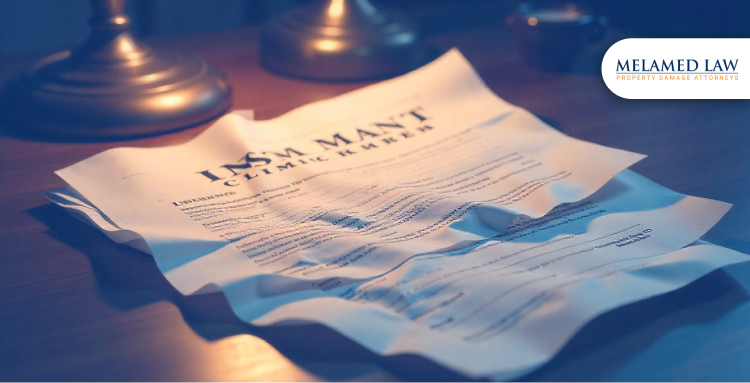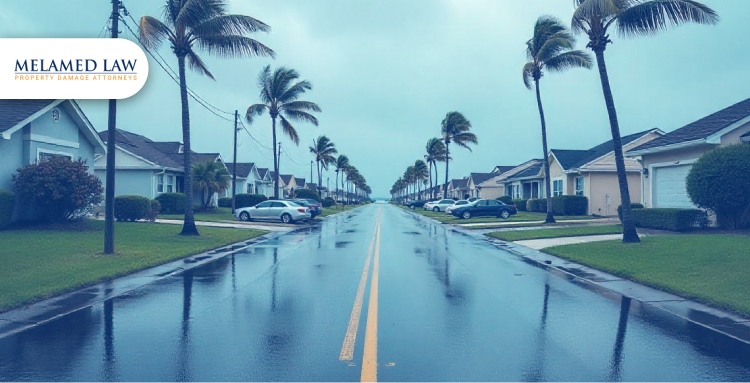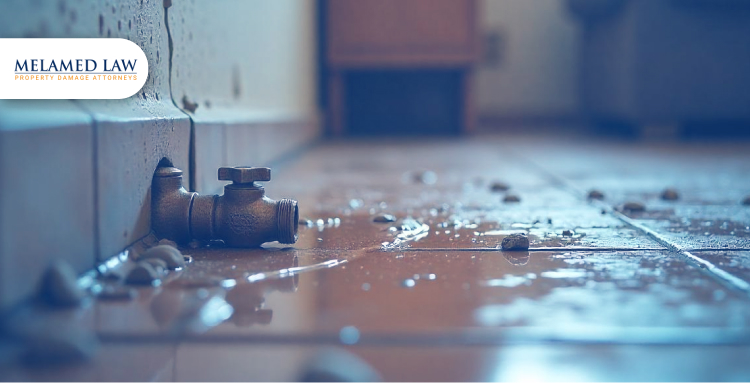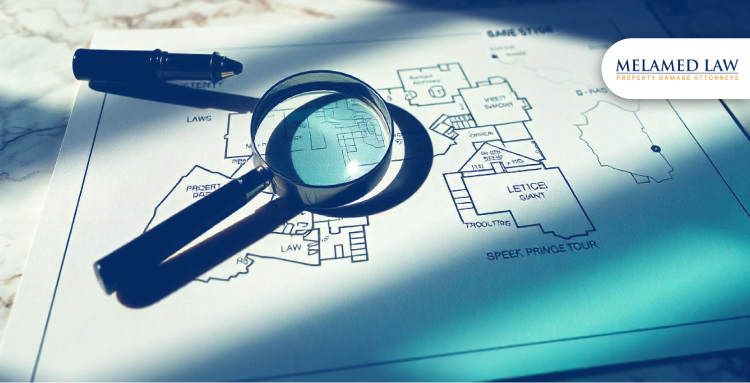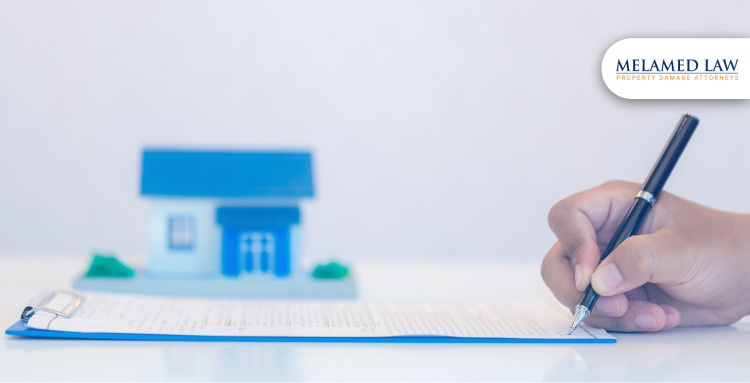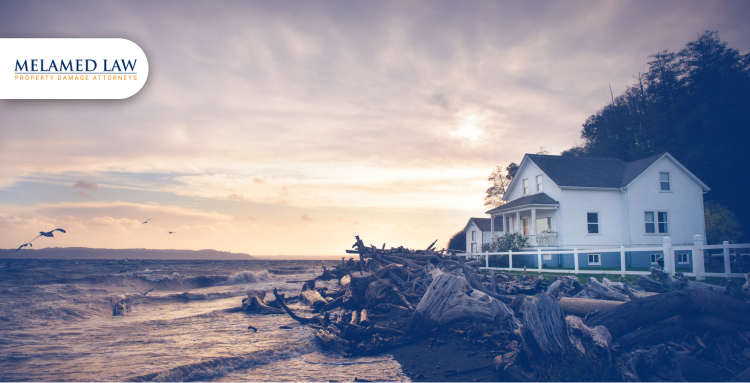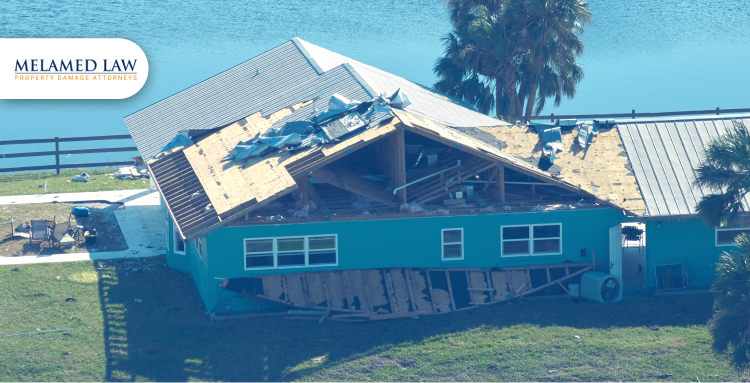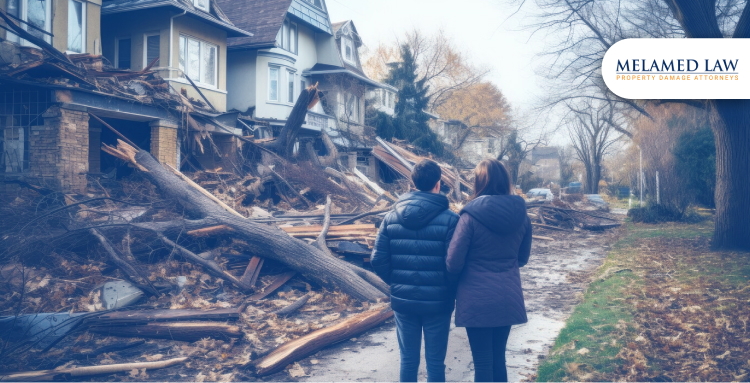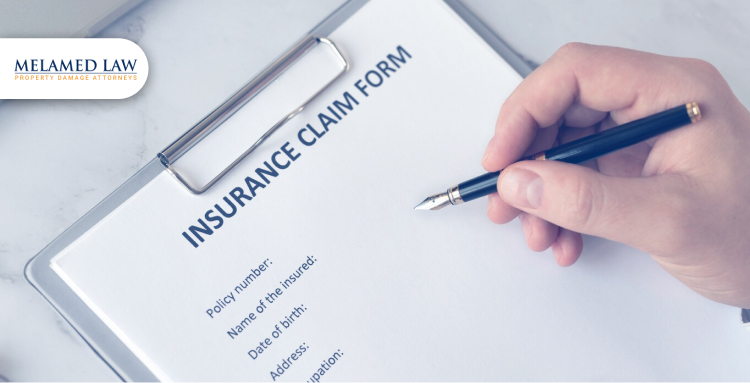
What is the best way to dry out your house if there is water damage?
When the unexpected happens, we help individuals and businesses collect the money they deserve for their insurance claims.
February 22, 2025
What is the best way to dry out your house if there is water damage?
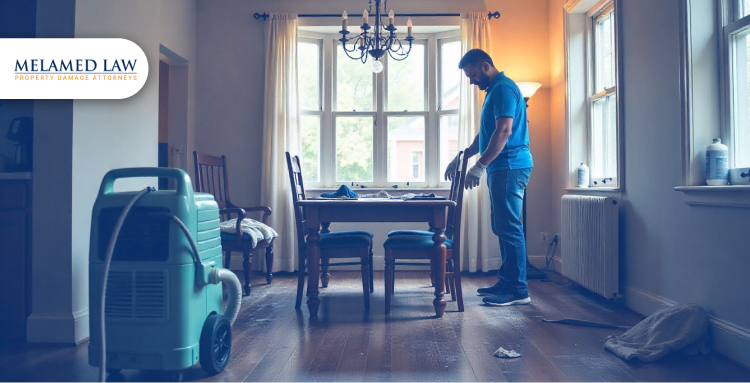
When rain pours down in Florida, it can do more than just drench the ground—it can flood your home. Damp carpets, soggy walls, and the constant drip of water—it’s a homeowner’s worst nightmare. Whether it’s caused by a burst pipe, a powerful storm, or a sneaky roof leak, water damage can leave you feeling staggered.
But the good news is with the right steps, you can tackle the problem head-on and save your home from further damage. Acting quickly is key to avoiding mold, structural issues, and costly repairs. Let's explore the most efficient methods for quickly drying out your home and restoring its normalcy, allowing you to feel a sense of relief.
I) Safety Precautions Before Starting
When water damage strikes, the last thing you want is to make the situation worse by overlooking safety. Taking a few important precautions before you dive into cleanup can help you avoid serious hazards down the road.
A. Turn Off Electricity
The first thing you want to do when facing water damage is make sure your home is safe. If you see standing water and aren’t sure if it’s come into contact with electrical outlets or wiring, turn off the power immediately. This is a critical step in staying safe during a hurricane and should be a top priority.
Water and electricity don’t mix, and you don’t want to risk a dangerous shock while working to clean up. If the water has already reached your electrical system, it’s best to leave the area and call a professional to safely shut off the power.
B. Wear Protective Gear
Water damage can expose you to harmful contaminants like bacteria, mold spores, and other dangerous materials. Wearing protective gear shields you from these risks and keeps you safe.
Rubber Gloves: Protect your hands from dirt, debris, and potential contaminants in the water.
Sturdy Boots: Help you through the water safely, preventing slips and keeping your feet dry and protected from sharp objects or debris.
Mask: Safeguard your lungs from inhaling dust, mold spores, or bacteria that might be present, reducing the risk of respiratory issues.
Protective Clothing: Consider wearing long sleeves and pants to further shield your skin from harmful substances and avoid direct contact with contaminated water.
II) Removing Standing Water
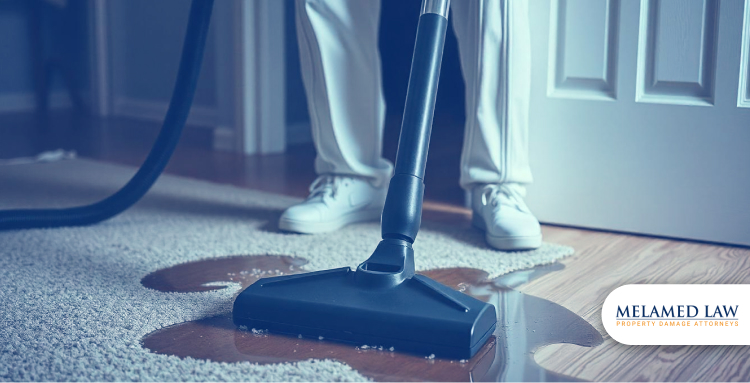
Now that you've taken the necessary safety precautions, it's time to deal with the standing water. Whether it’s a small puddle or a room flooded with several inches, acting quickly will help minimize further damage to your home.
➧ Use of a Wet/Dry Vacuum
For small amounts of standing water, a wet/dry vacuum is your best tool. These powerful machines efficiently suck up water, making them ideal for carpets, hardwood floors, and small puddles in rooms. Portable and easy to maneuver, they easily reach tight spots where water tends to collect.
Most models also handle debris, so they’ll remove both water and dirt, helping you clear up the mess. It’s a simple and effective way to begin drying the area and stop water from spreading.
➧ Pumps for Deep Water
For larger volumes of water, a pump is essential. It quickly clears flooded rooms, basements, or garages by sitting in the water and pushing it out through a hose. Renting or purchasing a submersible pump helps remove the bulk of water, allowing you to start drying sooner. Just be sure to direct the water away from your foundation to prevent further damage.
III) Improving Air Circulation
After clearing the standing water, focus on drying out your space. Air circulation is key to speeding up the drying process, especially in Florida’s hurricane season.
Open Windows and Doors: Start by opening windows and doors to let fresh air flow through your home. Natural ventilation is one of the simplest ways to help dry out a space, as it allows the moist air to escape while bringing in drier air. It’s an easy and free way to get the air moving and reduce moisture levels inside.
Utilize Fans: To really push the drying process along, fans are your go-to tool. Set up household fans in the affected areas to circulate air and speed up evaporation. Place them near windows or doors to encourage air to flow out of the room, which helps carry the moisture away.
Air Movers and Industrial Equipment: If you’re dealing with a significant amount of water damage, it might be time to consider industrial-grade equipment like air movers. These high-powered air movers work faster and more efficiently than regular fans, ensuring your home dries as quickly as possible, reducing the risk of mold or further damage
IV) Using Dehumidifiers to Combat Humidity
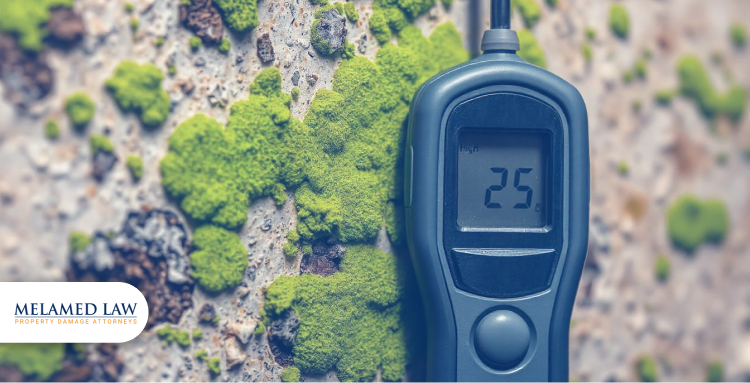
In Florida's humid climate, dehumidifiers are essential for speeding up the drying process and preventing mold growth. Mold growth can cause extensive property damage, potentially leading to the need for filing a property damage claim to protect your interests and cover costly repairs. A household dehumidifier is ideal for smaller areas, while a commercial-grade unit is better for large-scale water damage. Commercial units are more powerful and can handle bigger spaces, making them a smart choice for tackling serious moisture issues quickly.
V) Removing Water-Damaged Materials
Once you’ve removed standing water and started drying the space, it’s time to focus on the materials that can’t be saved, such as :
Carpet, Padding, and Rugs
Evaluate your carpet, padding, and rugs to determine if they can be saved. Remove any carpet soaked for more than 24 hours to prevent mold growth. Discard wet padding, as it’s hard to dry and can trap moisture. Check the carpet for staining or musty odors—these are signs of mold. If the carpet is still in good condition and the water is clean, professional cleaning may be possible. Otherwise, dispose of it to avoid health risks.
Drywall and Insulation
Drywall and insulation are highly susceptible to water damage and mold. Check for sagging, warping, or soft spots in the drywall. If it’s damp, cut out and replace the affected sections. Remove and replace wet insulation, as it loses effectiveness and can harbor mold.
VI) Cleaning and Sanitizing Surfaces
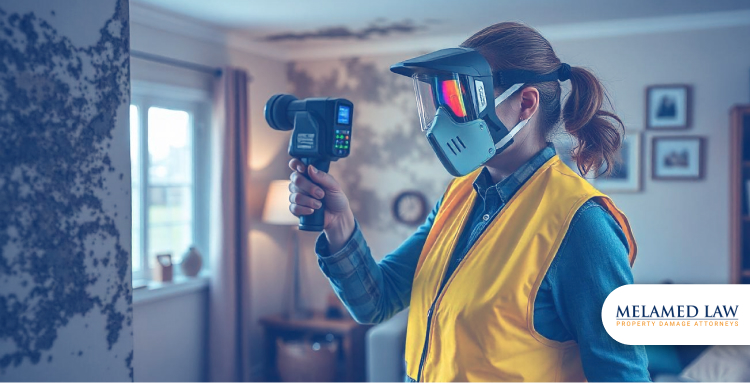
After removing water-damaged materials, the next step is to clean and sanitize the remaining surfaces to ensure your home stays safe and healthy.
➣Disinfecting to Prevent Bacteria and Mold
To effectively disinfect surfaces and prevent mold, you'll want to use a mild cleaning solution. Disinfect hard surfaces like floors, walls, and countertops with a bleach solution by mixing 1 cup of bleach with 1 gallon of water. For more delicate surfaces like wood, choose a gentler cleaner. Make sure to scrub thoroughly, especially in corners or cracks where water may have pooled. After cleaning, allow surfaces to air dry to avoid trapping moisture
➣Specific Cleaning Tips for Different Materials
Wood: Clean wood surfaces gently to prevent damage by using a damp cloth with mild soap and water, then dry them immediately. Replace the wood if it feels soft or swollen.
Tiles: Clean tile and grout with a bleach solution or a commercial cleaner designed for mold and mildew removal. Scrub the grout lines thoroughly to remove moisture and mold buildup.
Soft Furnishings: Clean upholstery and fabric cushions with a fabric-safe disinfectant. For heavily soiled fabric, hire a professional cleaner to eliminate mold or bacteria.
VII) Monitoring and Inspecting for Mold
Mold can begin growing within 24 to 48 hours in Florida’s humid climate, especially in areas affected by water damage. It can spread quickly, compromising the structural integrity of your home and your health. The Florida Department of Health recommends addressing mold growth immediately—regardless of the type of mold—because even non-toxic varieties can cause respiratory issues, skin rashes, and exacerbate allergies.
If you notice mold growth or suspect hidden mold, it’s essential to call in a professional mold inspector. They can use specialized equipment, like thermal cameras or moisture meters, to locate mold in hard-to-see areas. If the mold covers a large area or if it’s found in sensitive areas like HVAC systems or under insulation, a professional mold remediation specialist can ensure safe and effective removal.
How Can Melamed Law Help You with Damage Restoration?
When dealing with water damage, assess the situation to determine if you can manage it yourself or need professional support. For small areas, DIY methods like wet/dry vacuums and fans may be sufficient. However, widespread flooding, significant moisture, or hidden damage often requires expert intervention. If mold growth is visible or suspected behind walls and floors, it is another red flag that calls for professional support.
Melamed Law can help—offering professional legal services for residential and commercial property damage claims involving water and mold damage. Contact us to protect your rights and guide you toward a smooth, hassle-free recovery.
Recent Cases
